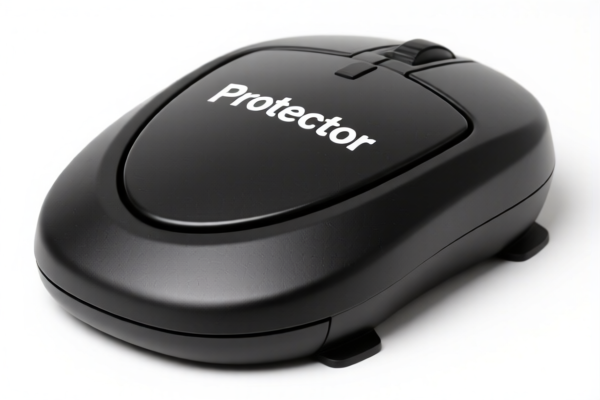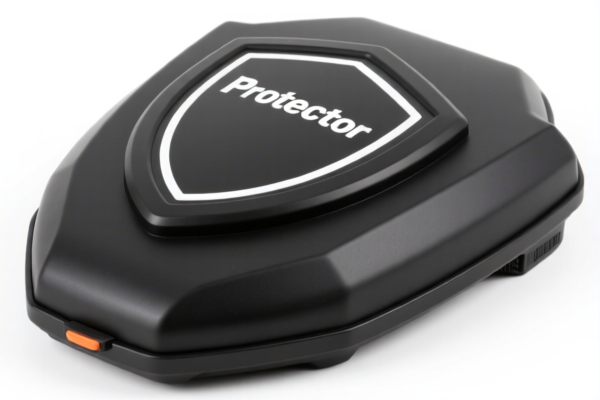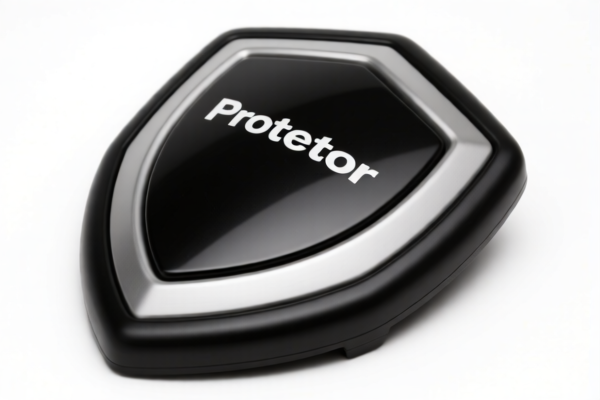| HS Code | Official Doc | Tariff Rate | Origin | Destination | Effective Date |
|---|---|---|---|---|---|
| 4202328000 | Doc | 60.7% | CN | US | 2025-05-12 |
| 4202329900 | Doc | 72.6% | CN | US | 2025-05-12 |
| 4205000500 | Doc | 57.9% | CN | US | 2025-05-12 |
| 4205000500 | Doc | 57.9% | CN | US | 2025-05-12 |
| 3926904800 | Doc | 33.4% | CN | US | 2025-05-12 |
| 3926909989 | Doc | 42.8% | CN | US | 2025-05-12 |
| 3923900080 | Doc | 58.0% | CN | US | 2025-05-12 |
| 8306100000 | Doc | 35.8% | CN | US | 2025-05-12 |
| 8306290000 | Doc | 30.0% | CN | US | 2025-05-12 |
| 8304000000 | Doc | 33.9% | CN | US | 2025-05-12 |




Tablet Protective Cover
A tablet protective cover is a secondary casing designed to safeguard a tablet device from physical damage and, in some cases, offer additional functionality.
Material
Tablet covers are constructed from a diverse range of materials, each offering varying levels of protection and features:
- Polyurethane (PU) Leather: A common synthetic leather offering a balance of protection, aesthetics, and affordability. Provides scratch resistance and moderate impact protection.
- Silicone/TPU (Thermoplastic Polyurethane): Flexible and shock-absorbent, providing excellent impact protection. Often used for full-body cases or as inner layers.
- Hard Plastic (Polycarbonate): Rigid and durable, offering strong protection against impacts and scratches. Frequently used for back cases or as a shell within hybrid designs.
- Fabric (Polyester, Canvas): Provides a stylish aesthetic and moderate protection. Often combined with inner layers for increased durability.
- Metal (Aluminum, Steel): Offers premium protection and a robust feel. Typically used for more expensive, heavy-duty cases.
- Hybrid Materials: Combinations of materials (e.g., TPU inner shell with a polycarbonate outer shell) to leverage the strengths of each.
Purpose
The primary purpose of a tablet protective cover is to:
- Protect against Scratches: Shields the screen and body from scratches caused by everyday objects.
- Absorb Impacts: Reduces damage from drops and bumps.
- Prevent Dust and Dirt: Protects the device from environmental contaminants.
- Enhance Grip: Provides a more secure hold, reducing the risk of accidental drops.
Function
Beyond basic protection, many tablet covers offer additional functionality:
- Stand Function: Allows the tablet to be propped up for comfortable viewing or typing. Often achieved through folding designs or adjustable hinges.
- Keyboard Integration: Some covers include a built-in keyboard, transforming the tablet into a more versatile productivity device. These often connect via Bluetooth or magnetic connectors.
- Stylus Holder: Provides a convenient storage location for a stylus pen.
- Auto Sleep/Wake: Activates or deactivates the tablet's screen when the cover is opened or closed.
- Multi-Angle Adjustment: Allows for flexible viewing angles.
- Rotating Function: Enables the tablet to be used in portrait or landscape mode.
Usage Scenarios
Tablet covers are used in a wide variety of settings:
- Home Use: Protecting tablets from everyday wear and tear, spills, and accidental damage.
- Travel: Providing enhanced protection during transport.
- Work/School: Protecting tablets used for productivity tasks, note-taking, and presentations.
- Outdoor Use: Protecting tablets from dust, dirt, and minor impacts.
- Children’s Use: Providing rugged protection against drops and spills.
Common Types
- Flip Cases: Cover the screen when closed, offering all-around protection. Often include a stand function.
- Sleeve Cases: Enclose the tablet completely, providing full-body protection during transport.
- Back Cases: Protect the back and sides of the tablet, leaving the screen exposed.
- Keyboard Cases: Integrate a keyboard with a protective cover.
- Rugged Cases: Designed for heavy-duty protection, often featuring multiple layers and reinforced corners.
- Folio Cases: Similar to flip cases, but typically with a more premium design and materials.
- Smart Cases: Utilize magnets to automatically activate sleep/wake functionality and provide a secure fit.
Tablet protective covers fall under several potential classifications based on material and specific characteristics as detailed in the provided documentation. Here's a breakdown of relevant HS codes:
-
3926909989: This code covers “Other articles of plastics and articles of other materials of headings 3901 to 3914: Other: Other”. This is a broad category for plastic articles not specifically defined elsewhere. If the tablet protective cover is made primarily of plastic and doesn’t fit into a more specific subheading, this code is applicable. The base tariff is 5.3%, with a 7.5% additional tariff, increasing to 30.0% after April 2, 2025, resulting in a total tariff of 42.8%.
-
3926904800: This code refers to “Other articles of plastics and articles of other materials of headings 3901 to 3914: Other: Photo albums”. While seemingly specific, covers designed to hold and protect tablets could be considered analogous to photo albums in their protective function. The base tariff is 3.4%, with no additional tariff currently, but a 30.0% additional tariff applies after April 2, 2025, for a total of 33.4%.
-
8304000000: This code covers “Desk-top filing or card-index cabinets, paper trays, paper rests, pen trays, office-stamp stands and similar office or desk equipment and parts thereof, of base metal, other than office furniture of heading 9403”. If the tablet cover incorporates significant metal components and is used as a desk accessory (e.g., a stand), this code might be relevant. The base tariff is 3.9%, with no additional tariff currently, increasing to 30.0% after April 2, 2025, for a total of 33.9%.
According to the provided reference material, the HS code options related to 'tablet protective cover' are limited, with only the following 3 found.
Customer Reviews
No reviews yet.